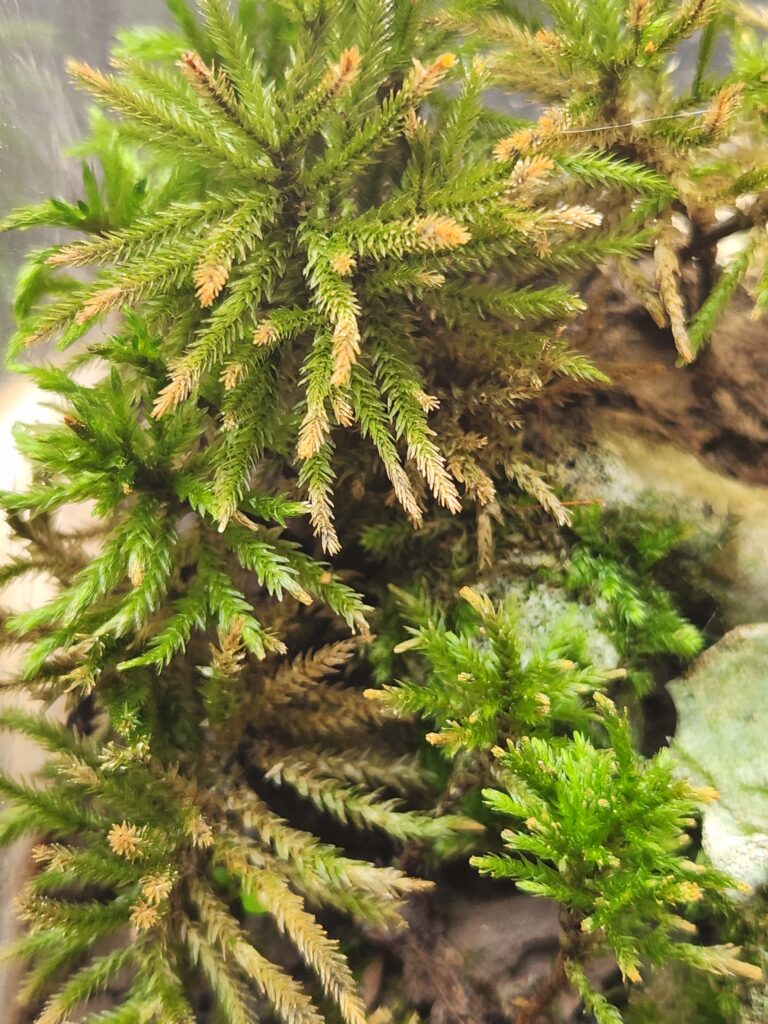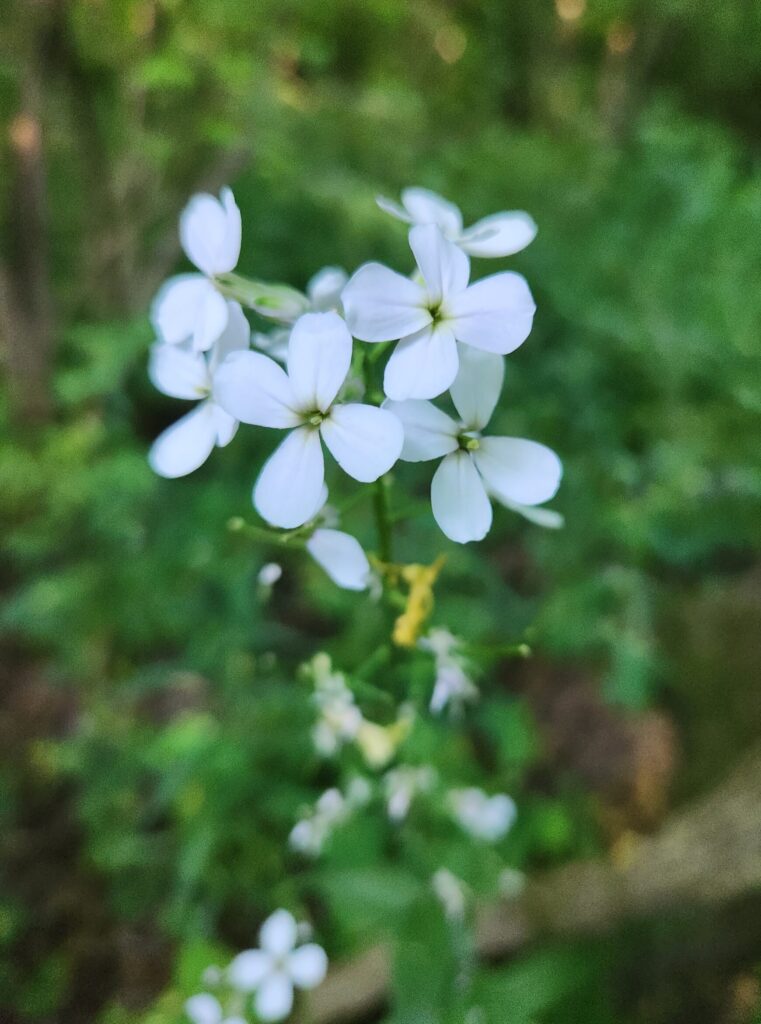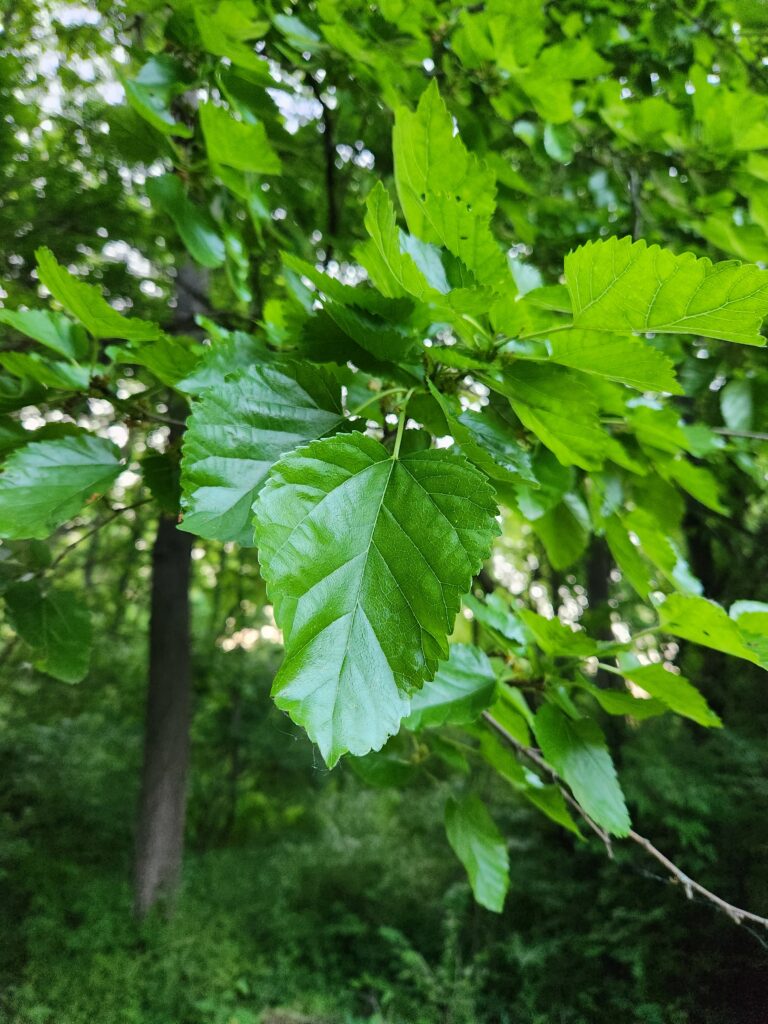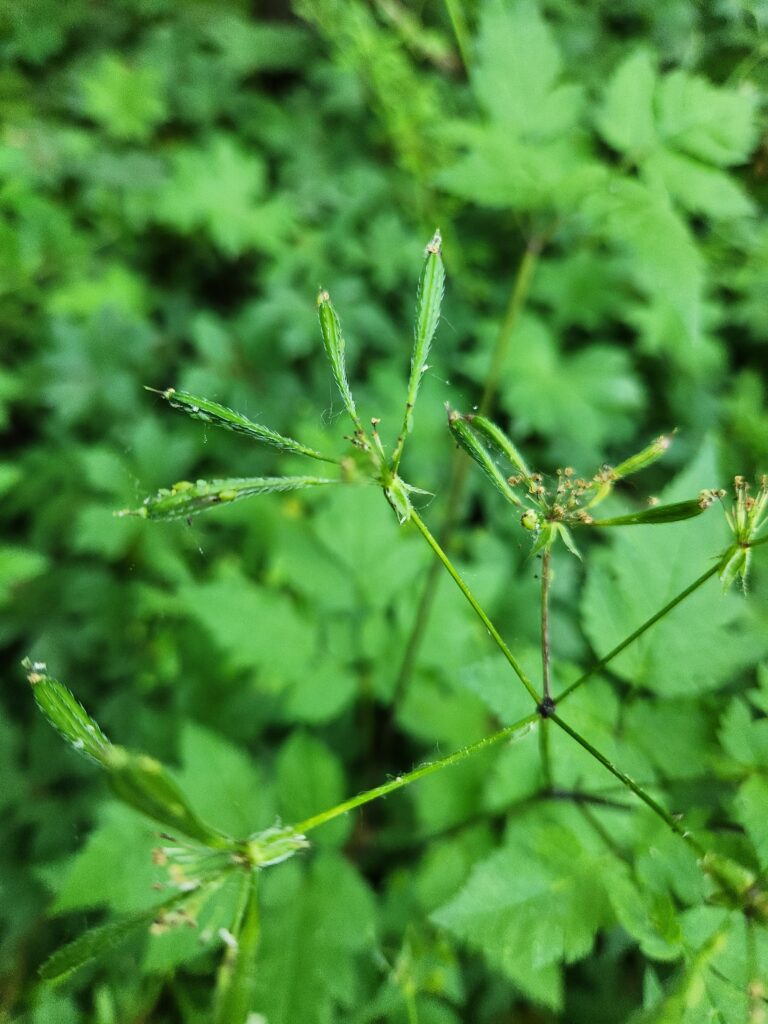Introduction to Cherrybottom
Cherrybottom Park is a 40.78 acre stretch of woodland that hugs a curve of Big Walnut Creek. Unlike its neighbor, Blendon Metro Park, Cherrybottom is largely unmaintained and unfrequented, no doubt in part to the muddy and brambly environment characteristic of riparian floodplains. However, to myself and friends, the park is a favorite place to visit for spring ephemerals, foraging, and immensely scenic views if you venture far enough into the swamp.


Poison Ivy

Poison ivy has compound leaves with three leaflets. The middle leaflet has a longer stem than the other two whose stems are inconspicuous. The leaves are alternate on their vine, which grows hairy when older.
Boxelder leaves are similar but opposite in arrangement, and wild strawberry leaves are similar but consistently serrated.
Flowers and Inflorescences
Viola striata, striped white violet
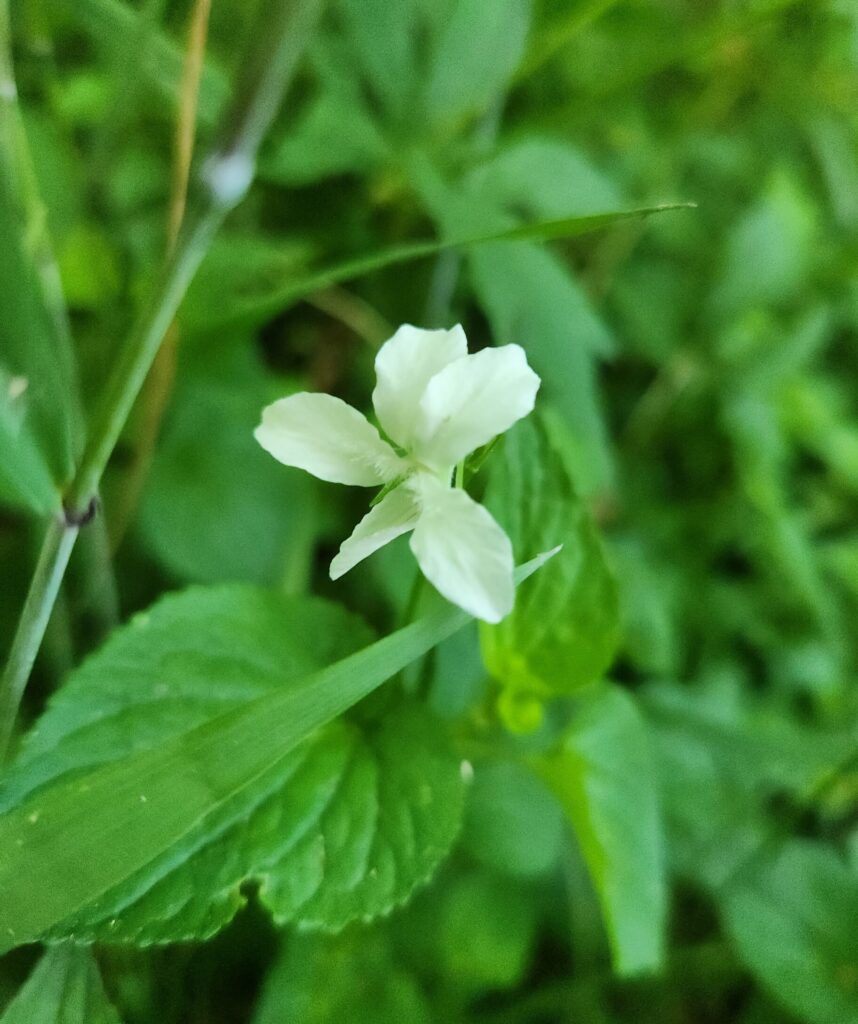
Flower features:
Zygomorphic with 5 unfused petals. Epigynous with a syncarpous gynoecium. 2 stamens. Scapose inflorescence. Future as a capsule fruit.
Location: Moist lowland woods
Hesperis matronalis, Dame’s rocket
Flower features:
Corolla of 4 petals; unfused. Actinomorphic. Epigynous with a syncarpous gynoecium. 6 stamens. Raceme inflorescence. Becomes dry, dehiscent fruit (silique/silicle).
Location: Moist, lowland wood
Iris pseudacorus, yellow iris
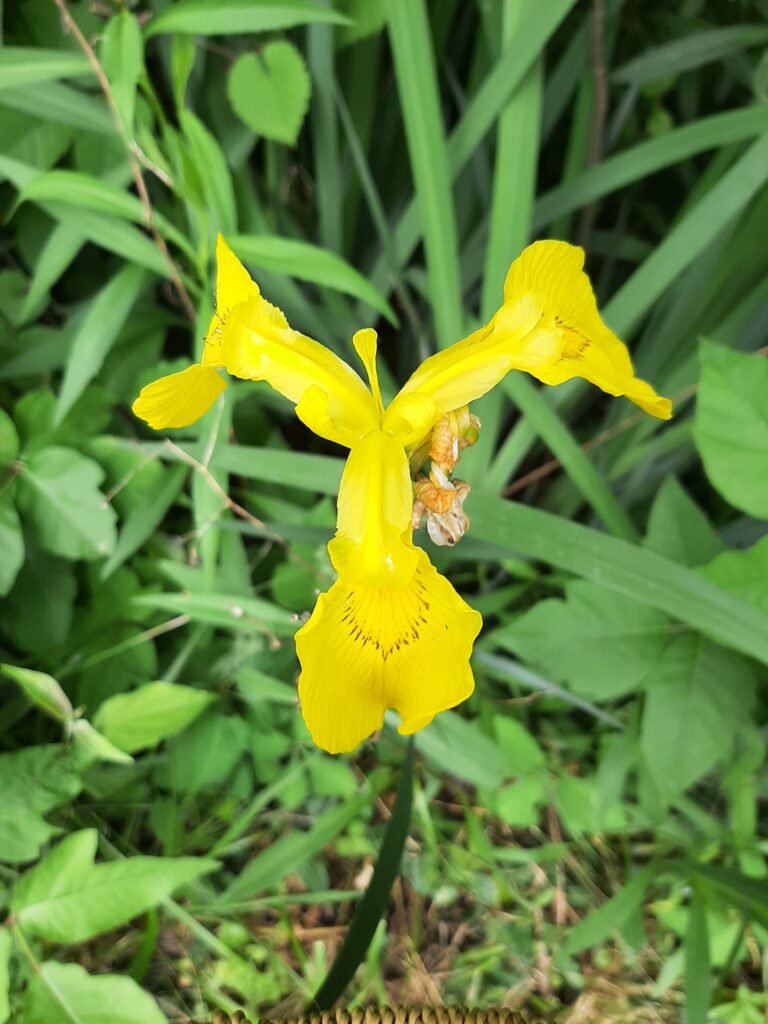
Flower features:
3 sepal (larger) and 3 petal (smaller) fused perianth. Actinomorphic. Perigynous with a unicarpellate gynoecium. Cyme inflorescence. Fruit is a capsule.
Location: swampy floodplain area
Heracleum maximum, cow parsnip
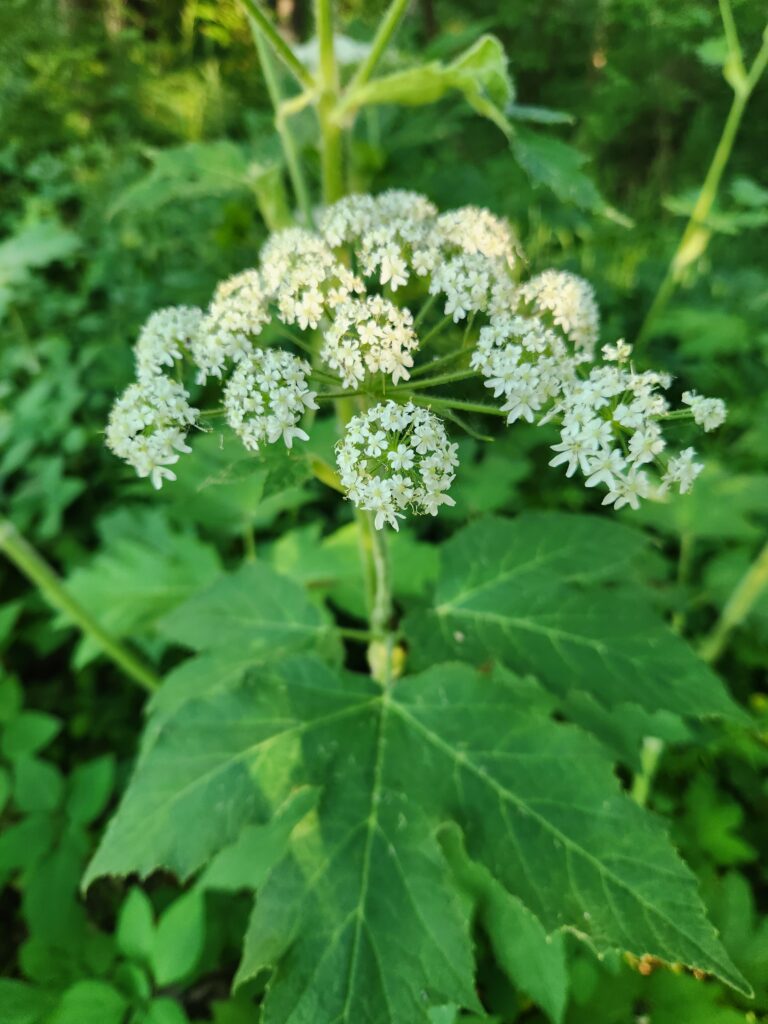
Flower features:
5 petal, 5 sepal perianth; unfused. Actinomorphic. 5 stamens. Hypogynous, unicarpellate gynoecium. Umbel inflorescence. Achene fruit.
Location: moist lowland woods
Invasive plants
White mulberry
Origin: China
Habitat: Disturbed areas (roadsides, fields, open areas, etc)
Control: Manual removal of saplings is most effective
Elaeagnus umbellata, autumn olive

Origin: China and Japan
Habitat: Open to semi-shaded areas and disturbed cites
Control: Manual removal of saplings most effective.
Euonymus fortunei, wintercreeper
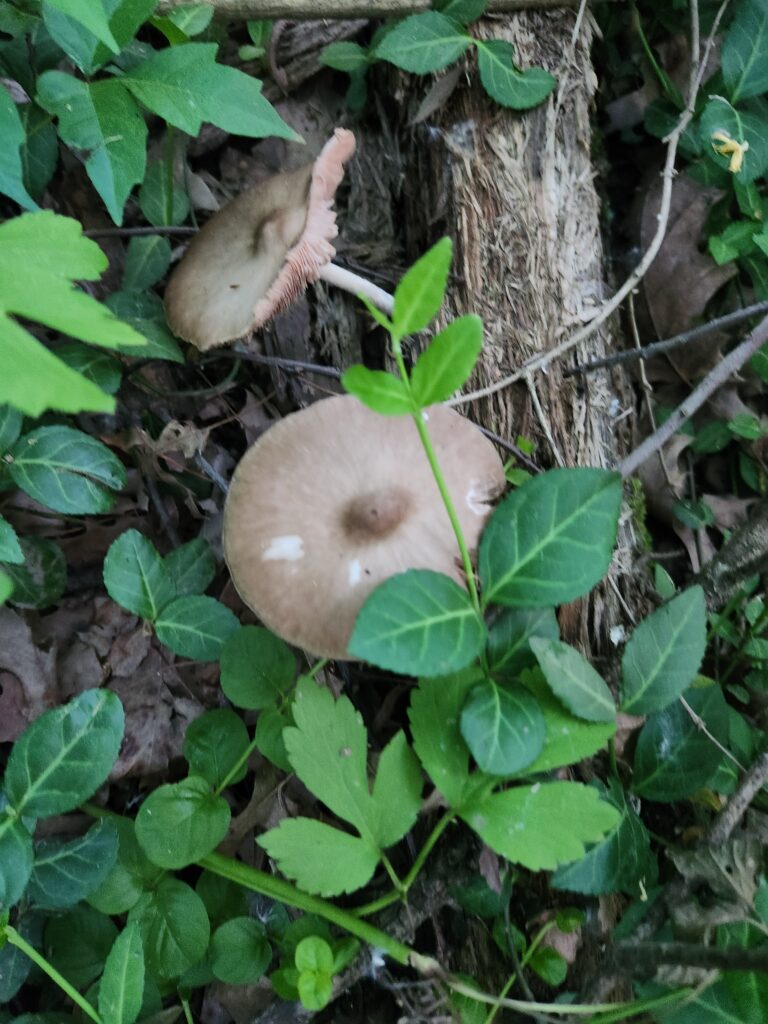
(Dark leaved foliage overtop mushroom in image)
Origin: East Asia
Habitat: Woodlands, scrub, and forests
Control: Repetitive, manual pulling of plant including roots
Lysimachia nummularia, creeping jenny
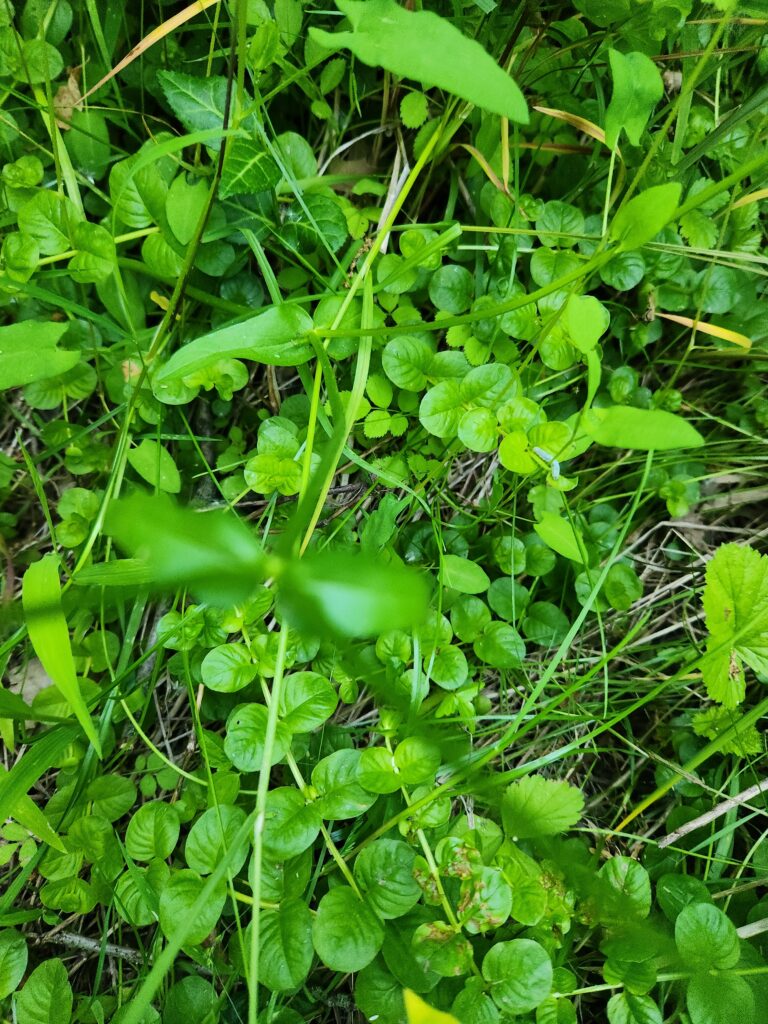
Origin: Europe and Western Asia
Habitat: Wetlands
Control: Persistent pulling of plant including roots, controlled fires
Plant fruit and families
Apiaceae
Fruit type: schizocarp (dry, dehiscent)
Other family-identifying traits: alternate leaves sheathed at base, aromatic
Oleaceae (olive family)
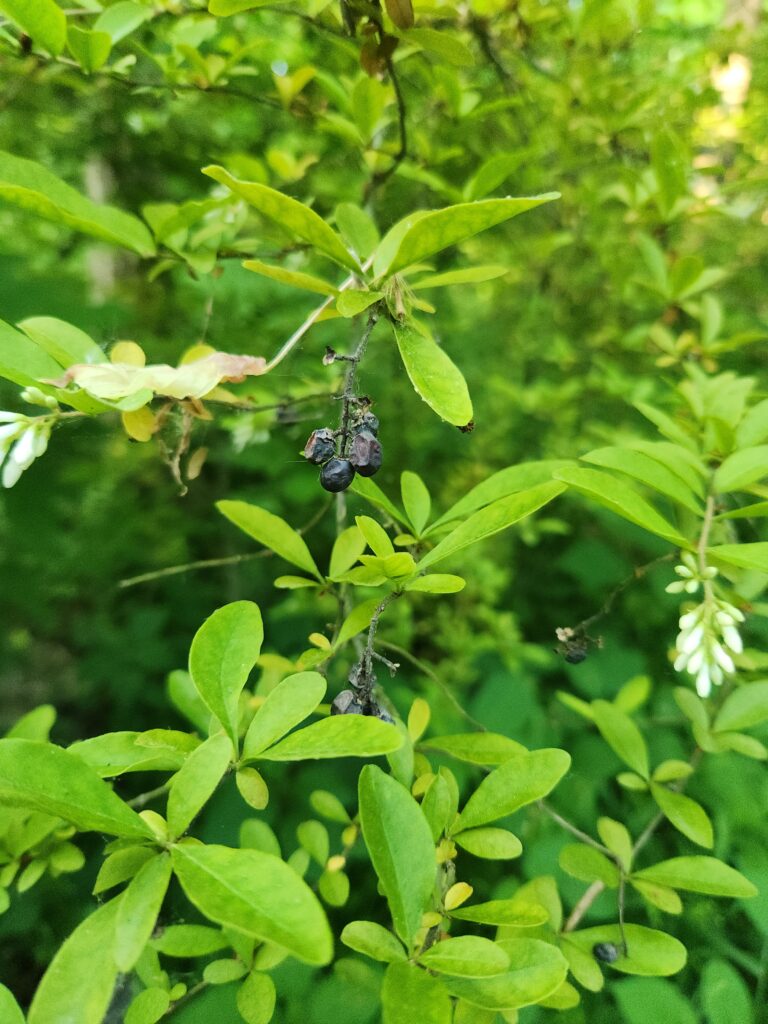
Fruit type: drupe
Other family-identifying traits: shrub, opposite leaves, flowers in racemes and have 2 stamens
Fagaceae (beech family)
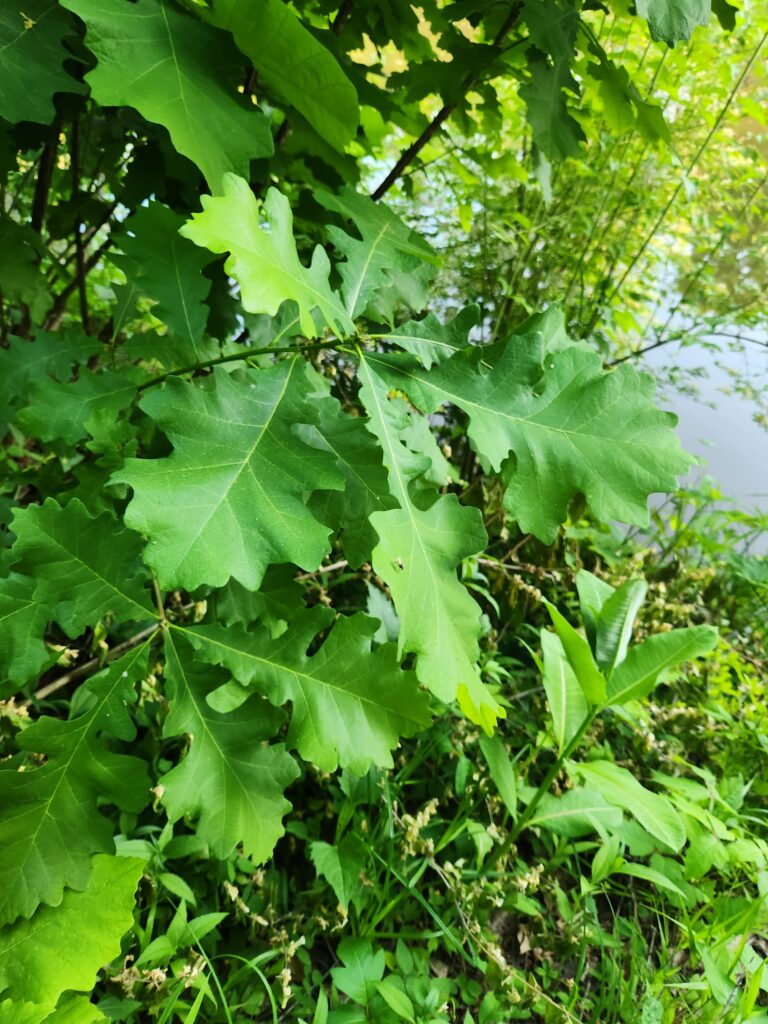
Family-identifying traits: Alternate, often lobed simple leaves. Fruit is a fully enclosed nut
Poaceae (grass family)

Fruit type: achene (dry, indehiscent)
Other family-identifying traits: cylindrical, hollow stems, alternate leaves entire and sheathed at base.
Mosses and Lichens
Rough speckled shield lichen

Mnium (baby tooth moss)

Fissidens (fork moss)
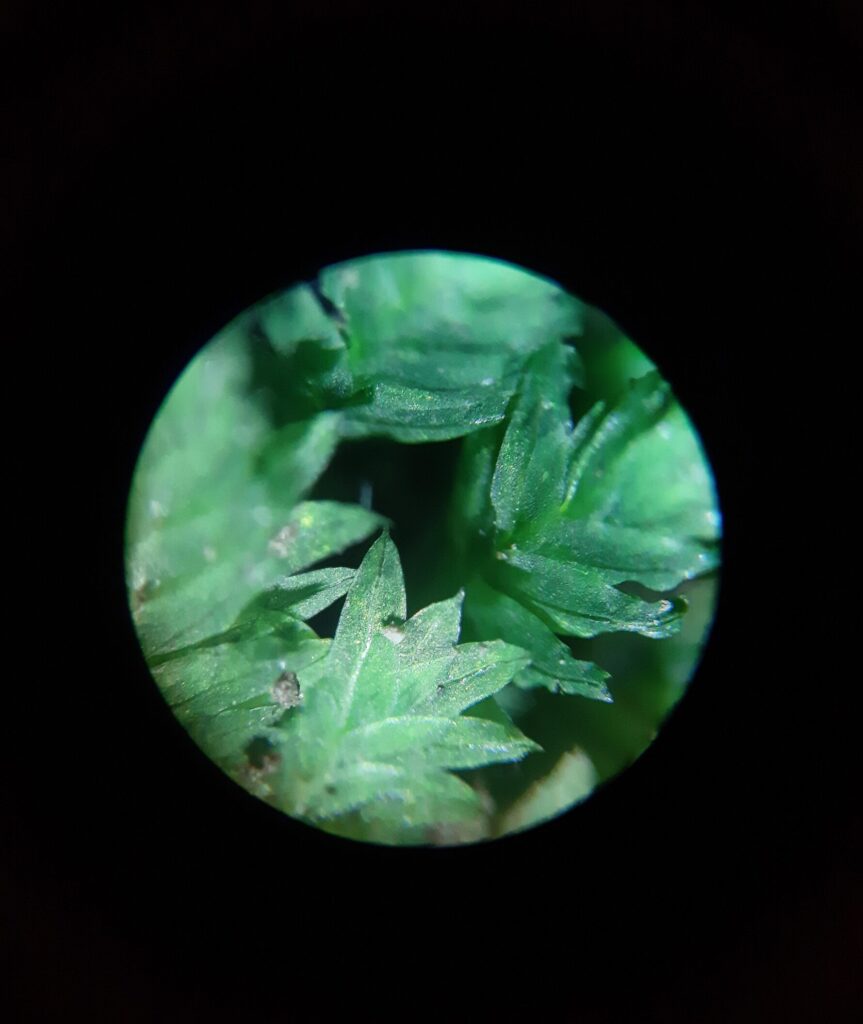
Tree moss (Climacium)
